loki100
Posts: 10920
Joined: 10/20/2012
From: Utlima Thule
Status: offline

|
Turns 108-110: 8-28 July 1943
A combination of the weather and a German retreat limited the amount of combat in mid-July. Bryansk was abandoned on 9 July, Kursk on 14 July without any fighting. Apart from the VVS campaign aimed at weakening the Finns, most of the long front was quiet till 21 July.

22 July saw the start of fierce fighting north of Belgorod. Voronezh and Bryansk Fronts combined in an offensive designed to capture Sumy and unhinge the German defences at Kharkov and the Dombas.
Elements of Central Front opened the offensive. As was usual the intent was to draw off German reserves and confuse them as to the direction of the main attack. To everyone's shock, the attack by 12 Army actually suceeded as it caught the Germans completely by surprise.

[1]
However, the Germans had become used to the pattern of a Soviet offensive and kept their main reserves back.
The main attack commenced on the 23rd as the two Combined Arms armies of Voronezh Front (34 and 46), backed by a massive artillery bombardment, captured Prilepy despite the intervention of 22 Panzer Division [2]. In turn, the freshly raised 6 Tank Army went into action for the first time only to be caught by a massive German counter-attack.

Despite this set back, Soviet tanks captured Prokhorovka on the 24th and drove south towards Belgorod. With the German infantry falling back in panic, Tolbukhin released his elite 1 Tank Army. By 28 July, Soviet tanks had reached the northern edge of Belgorod.

(SU-122s in action north of Belgorod)
At the same time, Bryansk Front struck along the gap between the Desna and Seym. Strong German resistance limited gains but for the first time in a year, Soviet forces held a small portion of the Northern Ukraine.

The other major battle was the attempt by Kalinin and Volkhov Fronts to force the Germans back towards the Dneipr.
Volkhov Front opened the battle by trying to force the Dnepr and cut the German lines of communication. Although, their initial attempt failed, a renewed attack allowed them to cross the river.

(Soviet artillery crossing the Dneipr)
In turn, Kalinin Front managed to establish a small bridgehead over the Sozh, threatening the German salient at Smolensk with encirclement.


Losses for the final week in July increased as the tempo of combat picked up. The Germans lost 27,000 men (12,000 kia), 20 tanks and 130 planes for Soviet losses of 43,000 men (24,000 kia), 270 tanks and 290 planes.
[1] – that left me a bit open mouthed when the Germans actually lost. I guess that is the sort of extreme luck I was hoping for at Leningrad.
[2] – I've been converting regular rifle divisions to corps in key formations. By late summer the Combined Arms armies in my main offensive fronts (South-West, Kalinin, Western, Voronezh and North-Cauc) will all be based around Rifle Corps. My logic is these have a cv of around 10-12, so two stacks give me about 55 (with a malus for more than one army), enough to clear out a weaker defensive stack or provide decent flank support. As the main front starts to shorten, I need less rifle divisions to spread out.
edits: having problems with the interaction between this forum software and the image hosting site I use ... things seem to work fine when first posted and then disappear into the ether
 Attachment (1) Attachment (1)
< Message edited by loki100 -- 1/29/2016 6:53:33 AM >
_____________________________
|
 Printable Version
Printable Version




















































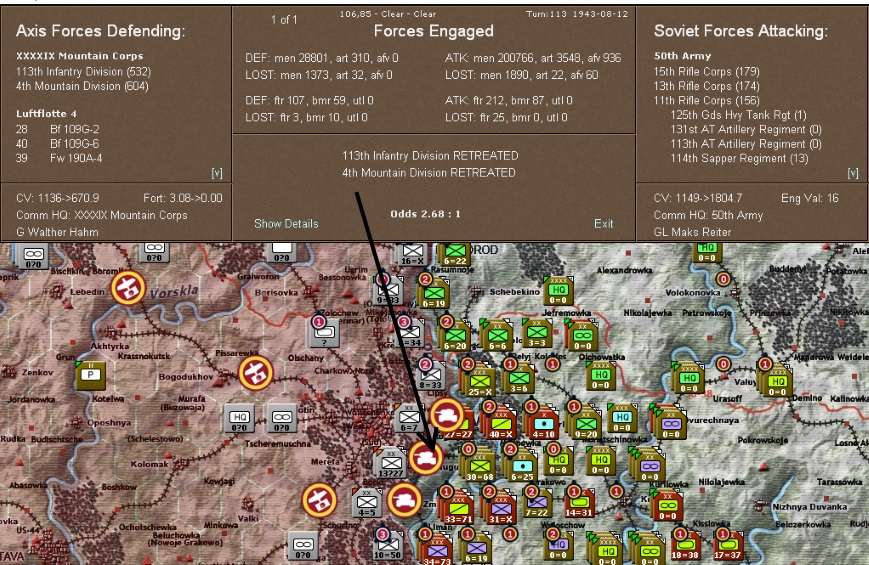
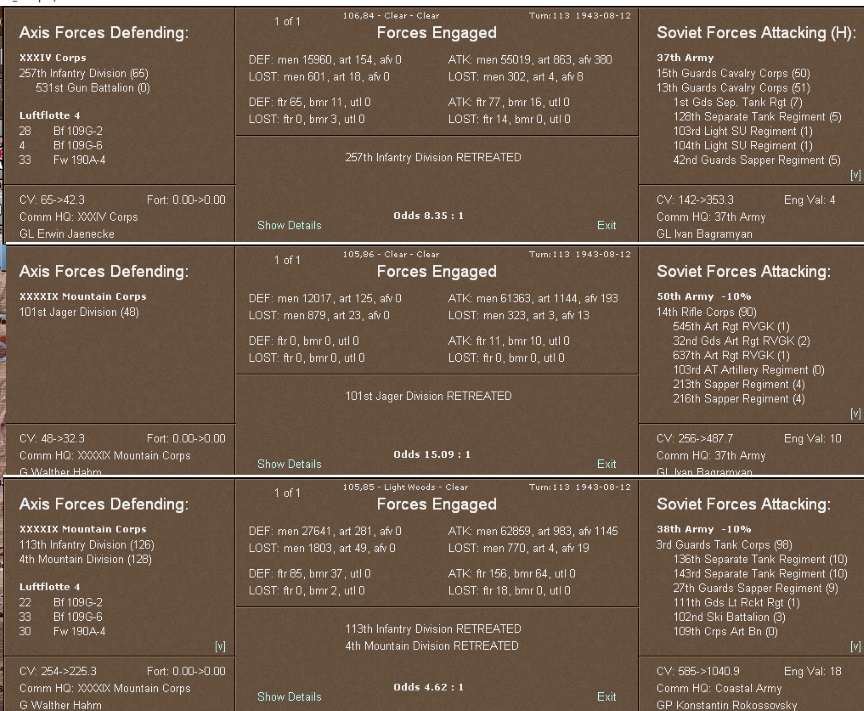

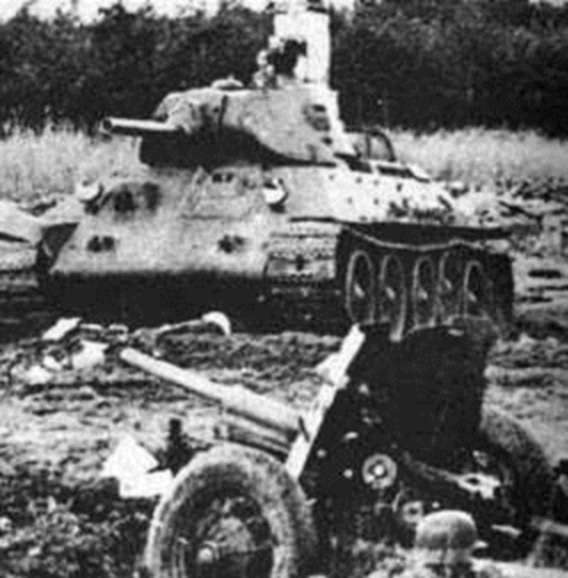
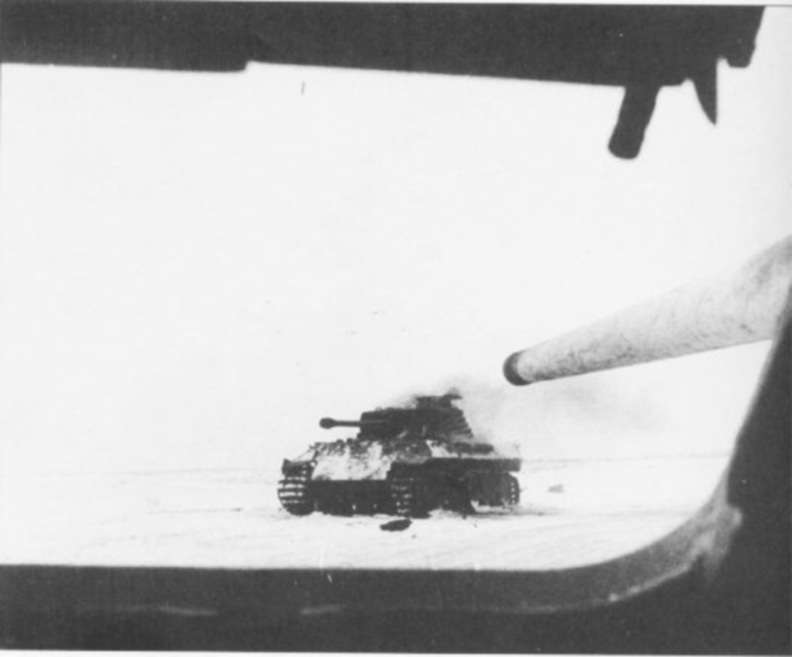

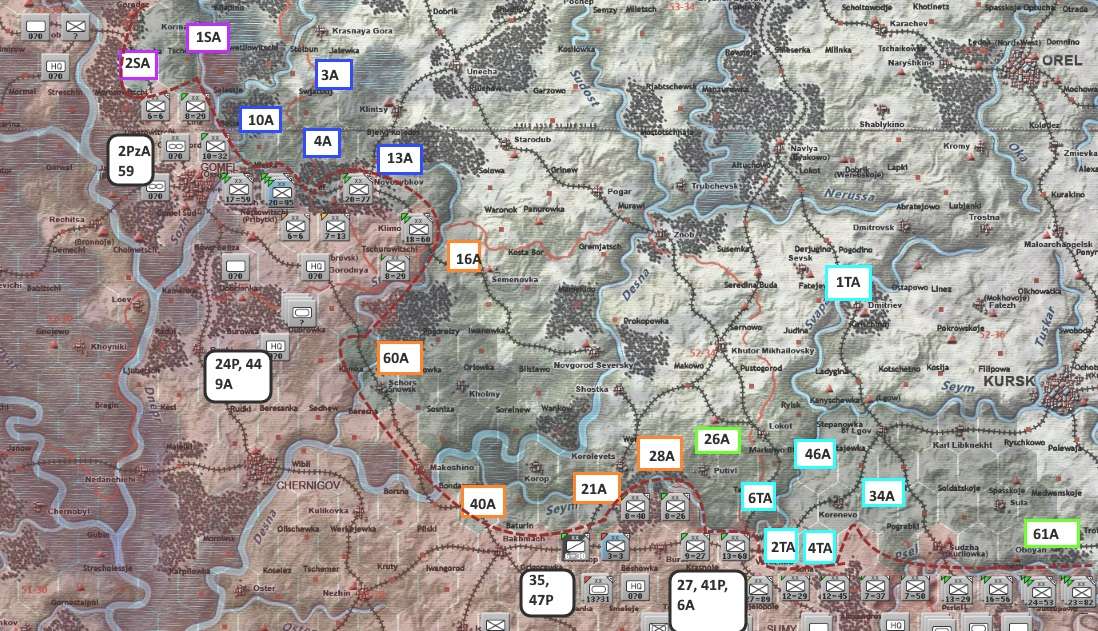
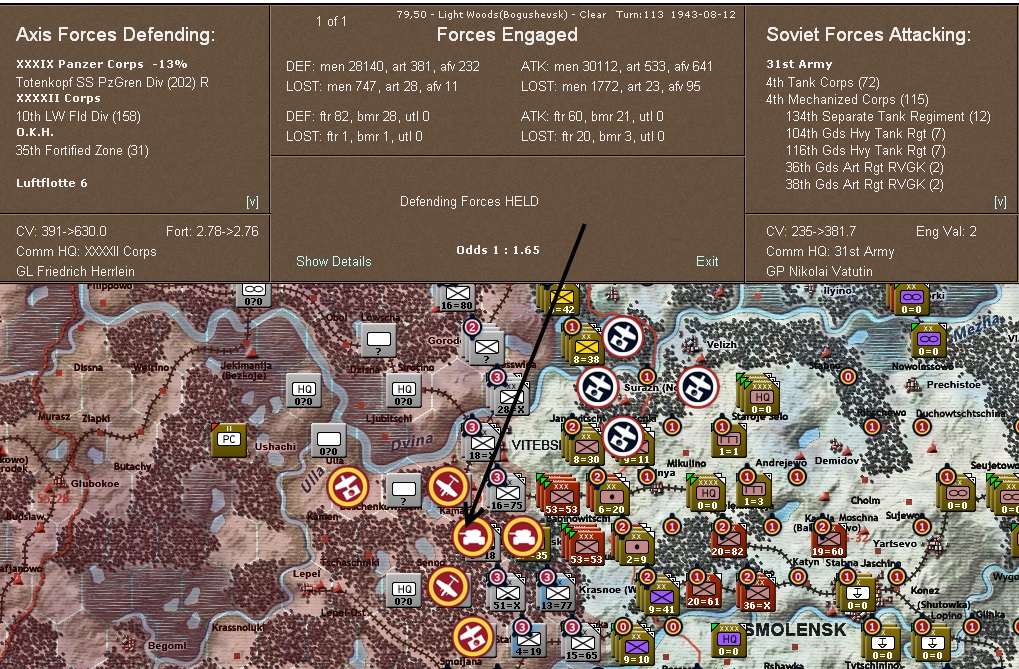
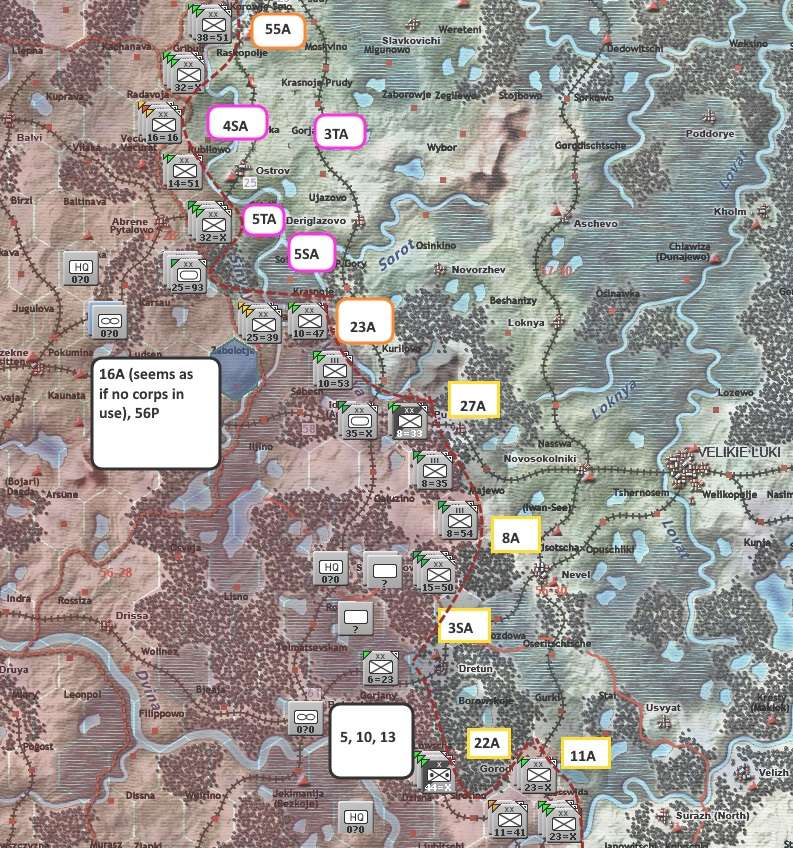
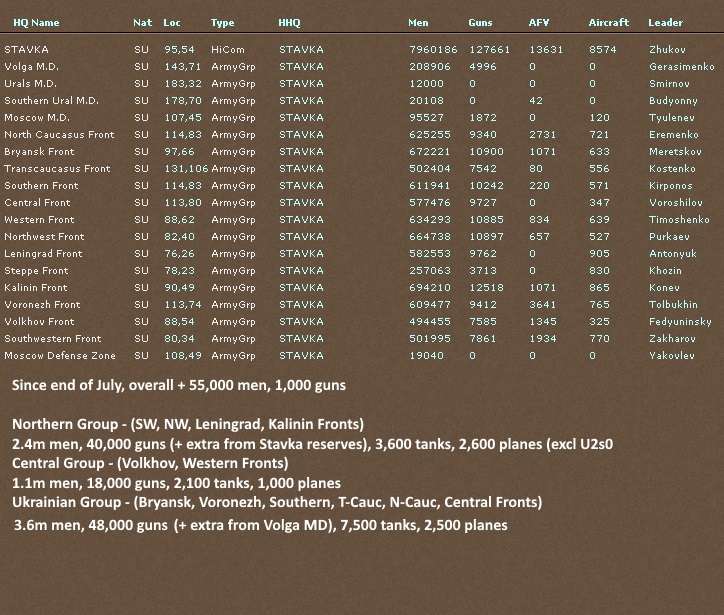
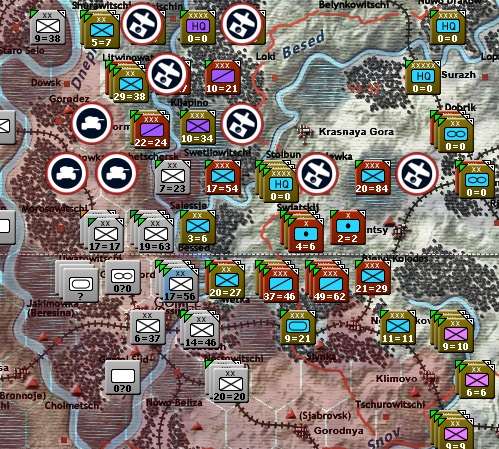
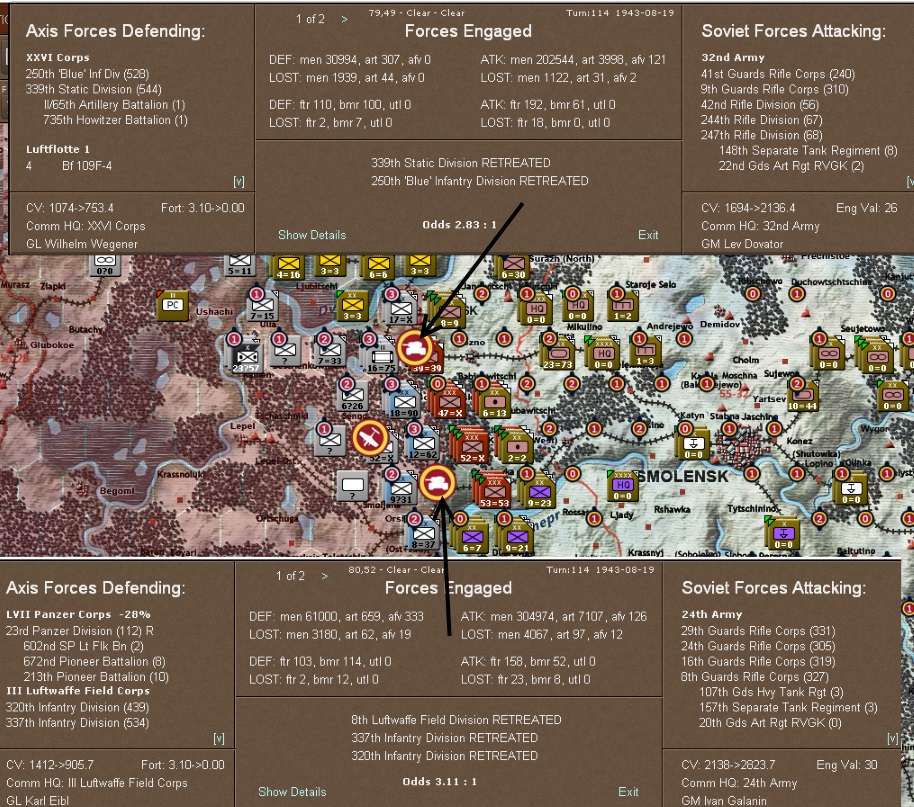

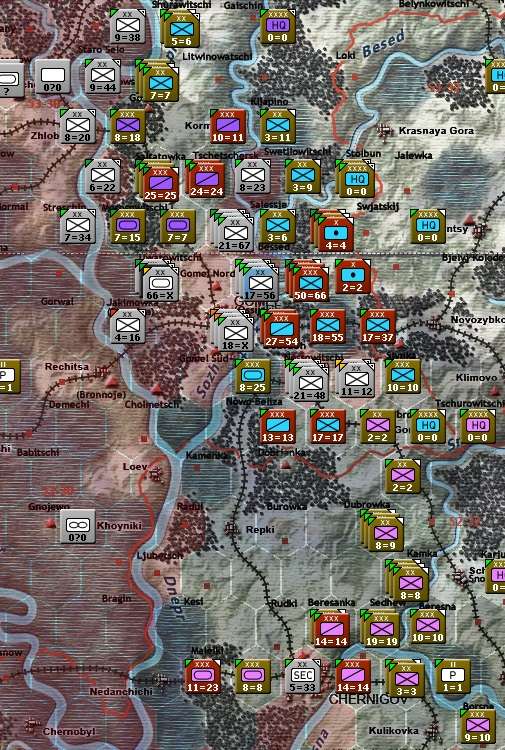

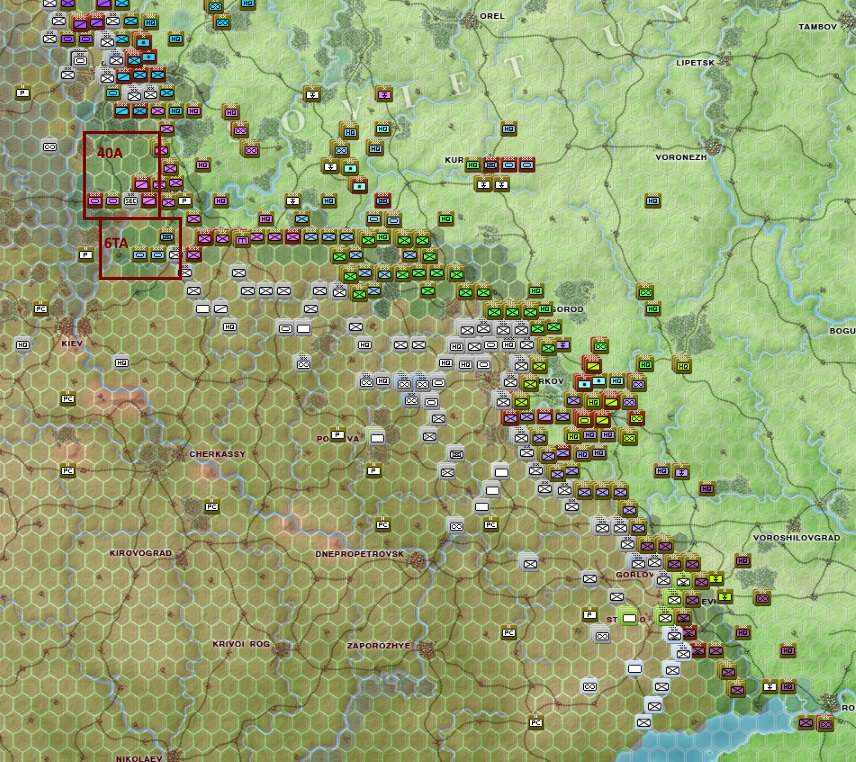
 ). As his infantry shed morale, strong points are simply either bypassed or squashed.
). As his infantry shed morale, strong points are simply either bypassed or squashed.  But I understand your point. Good luck as you churn forward.
But I understand your point. Good luck as you churn forward.
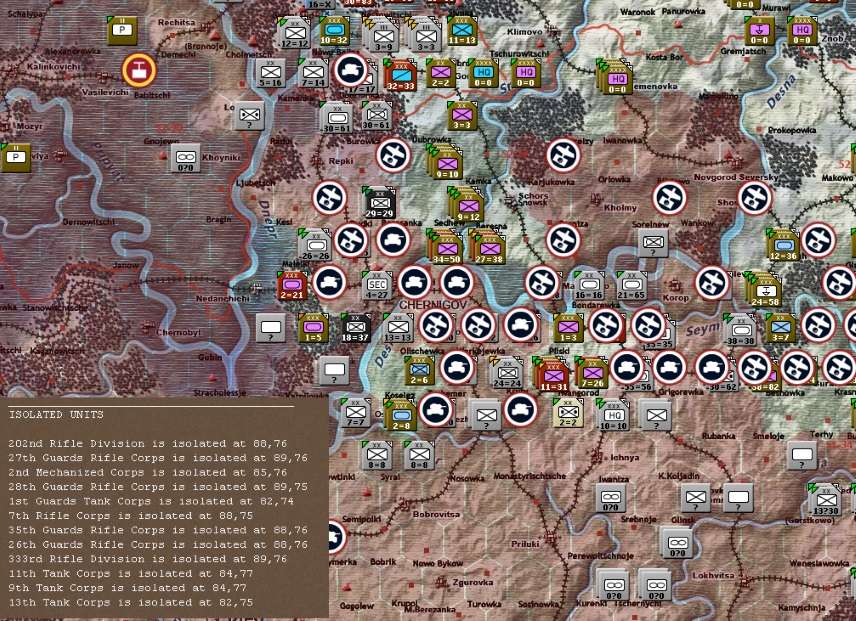
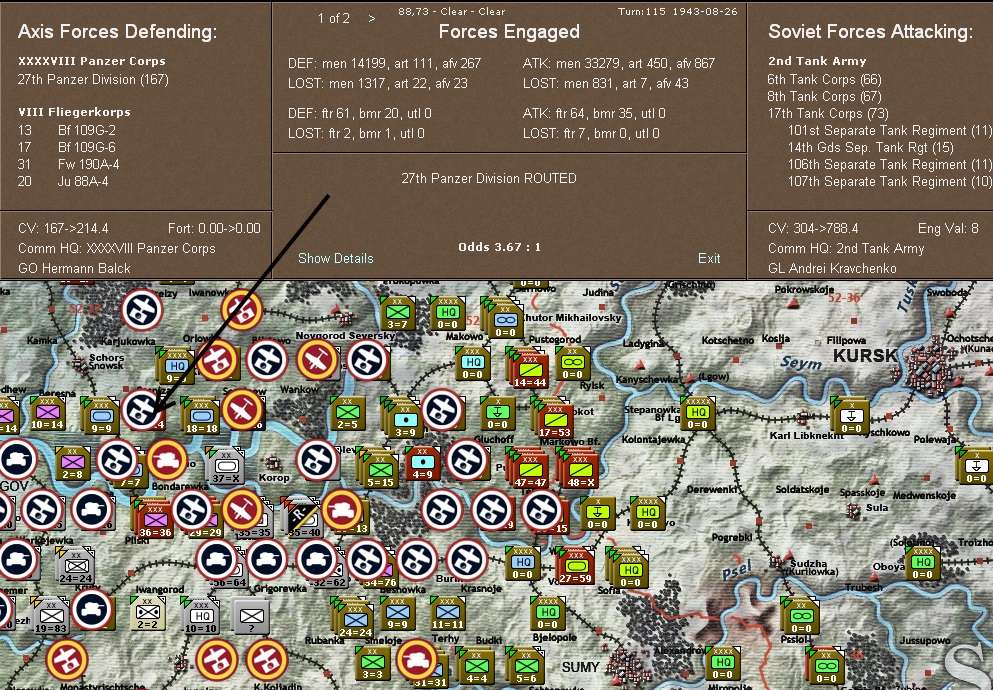
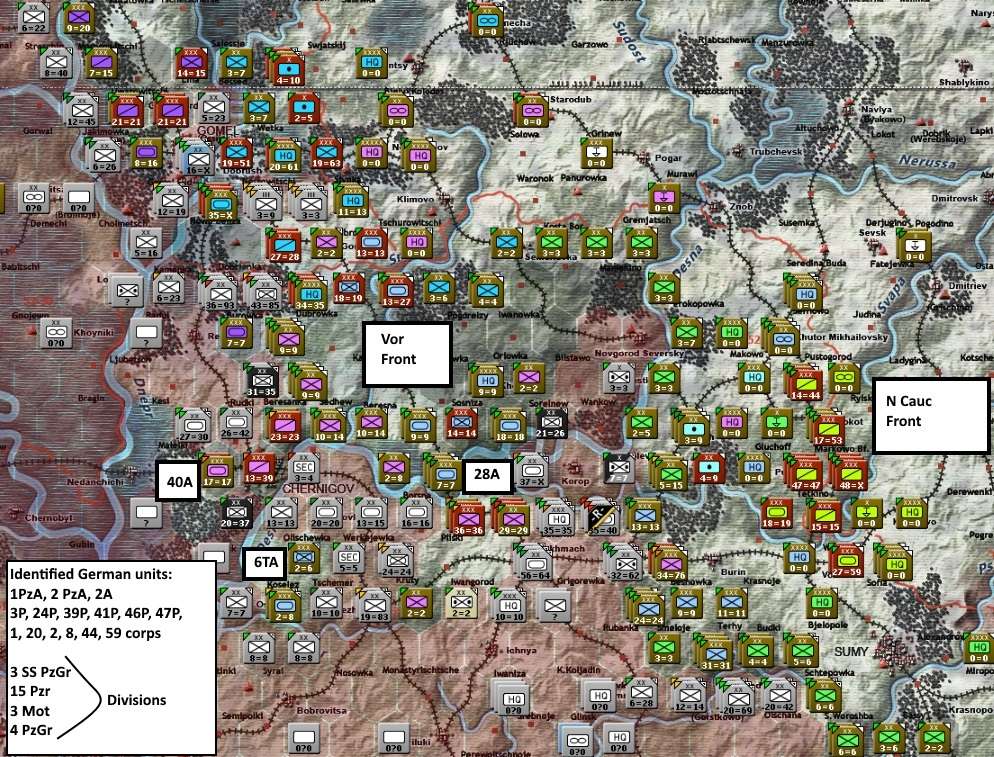
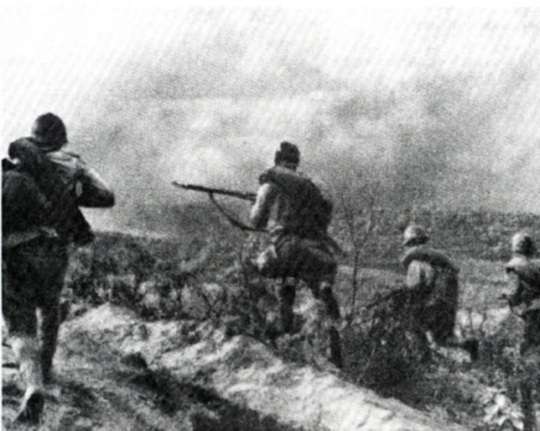
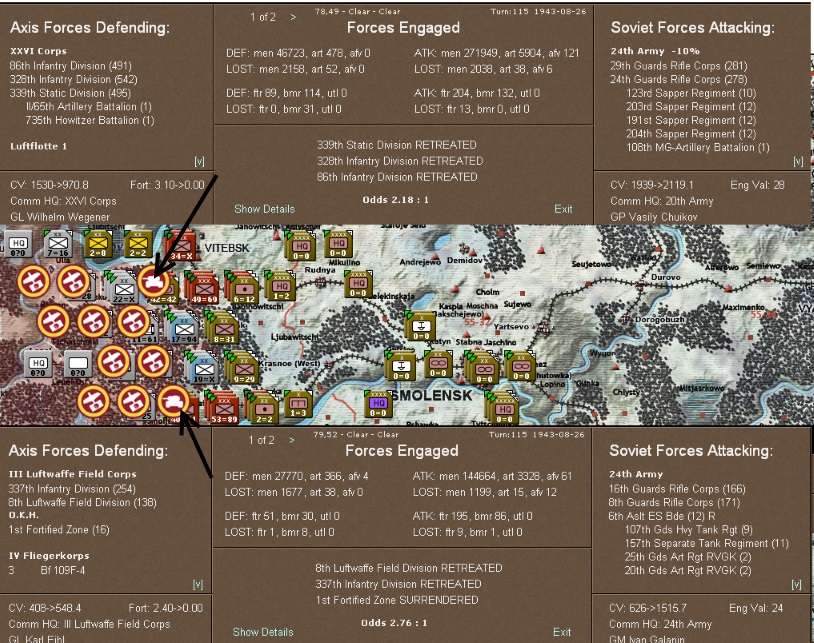
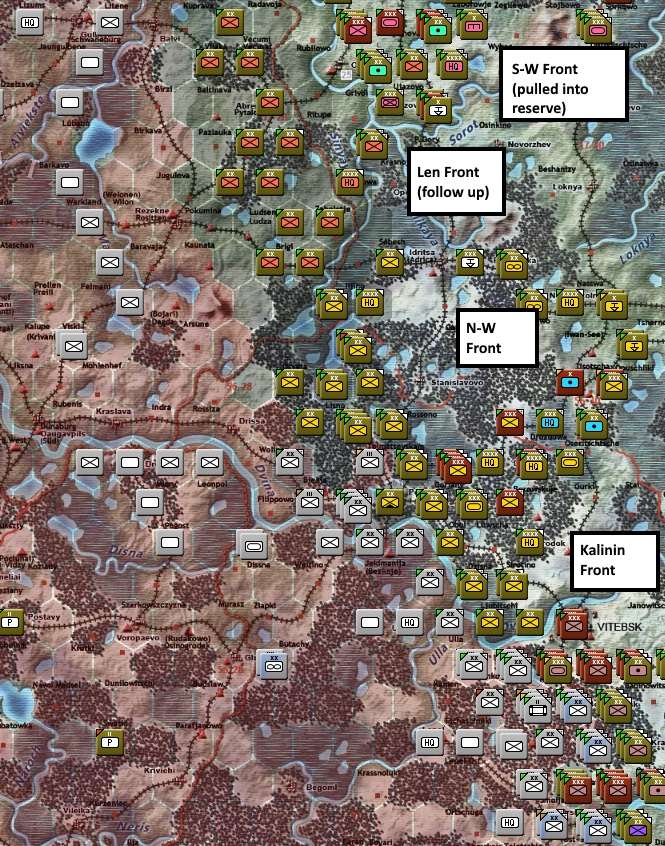
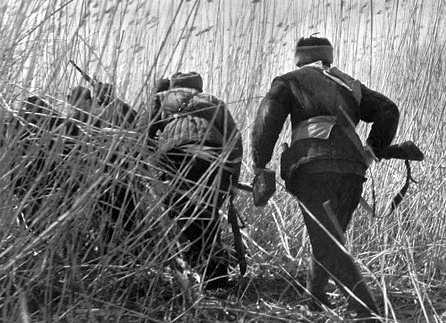
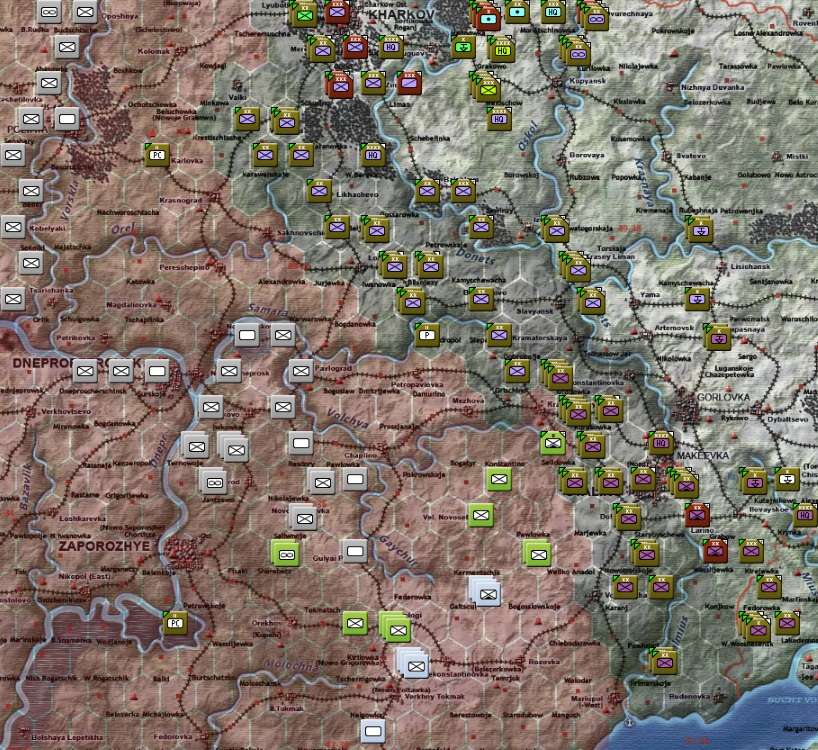
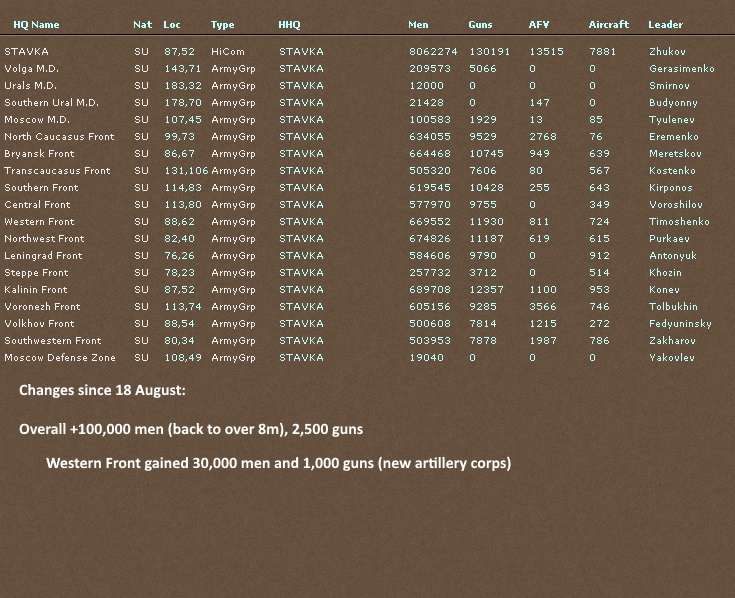
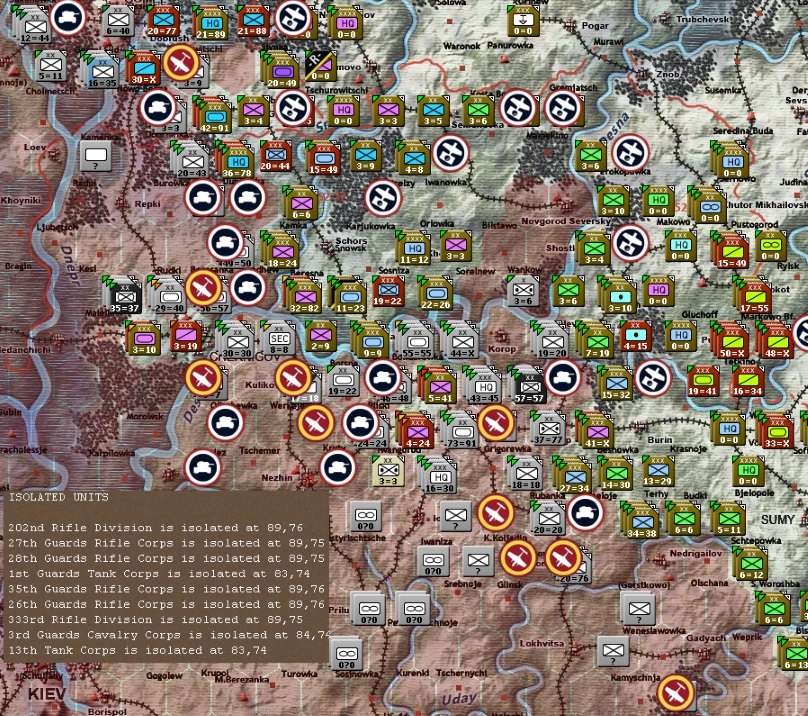
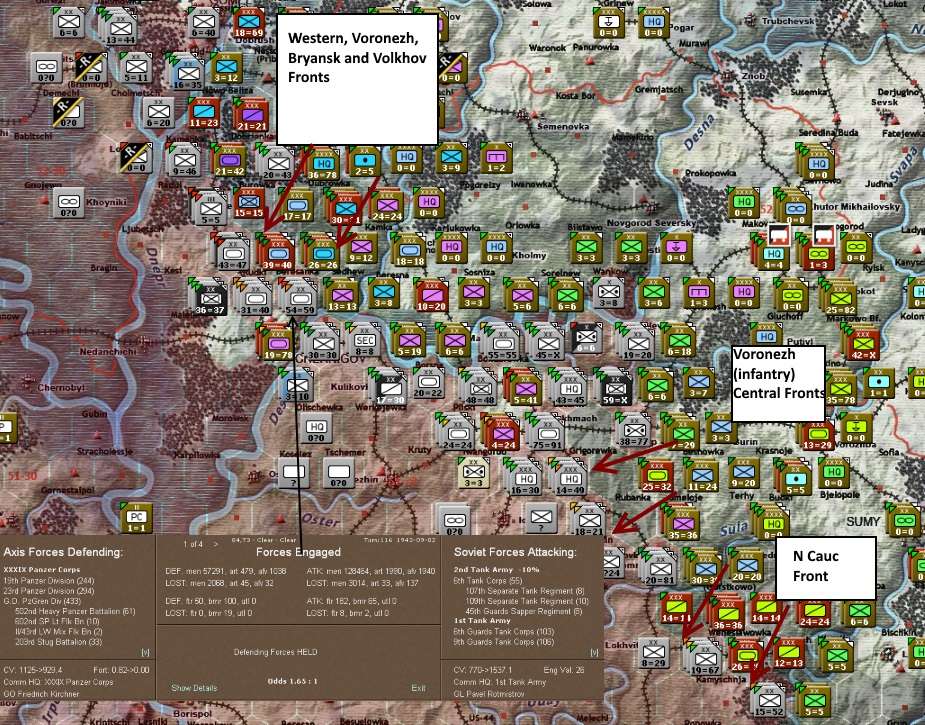

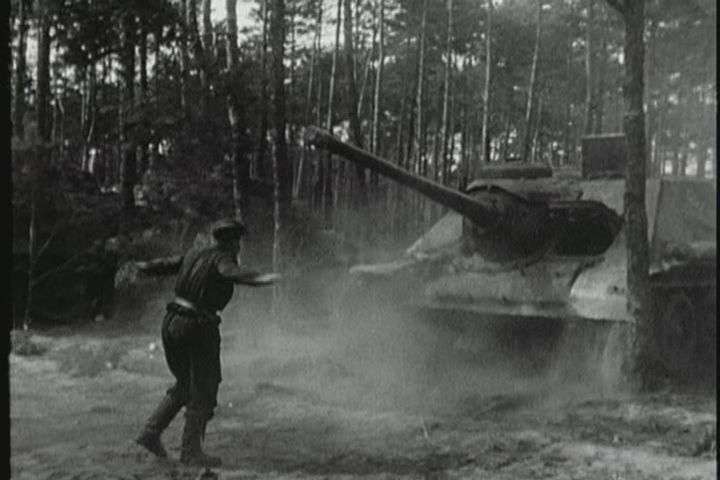
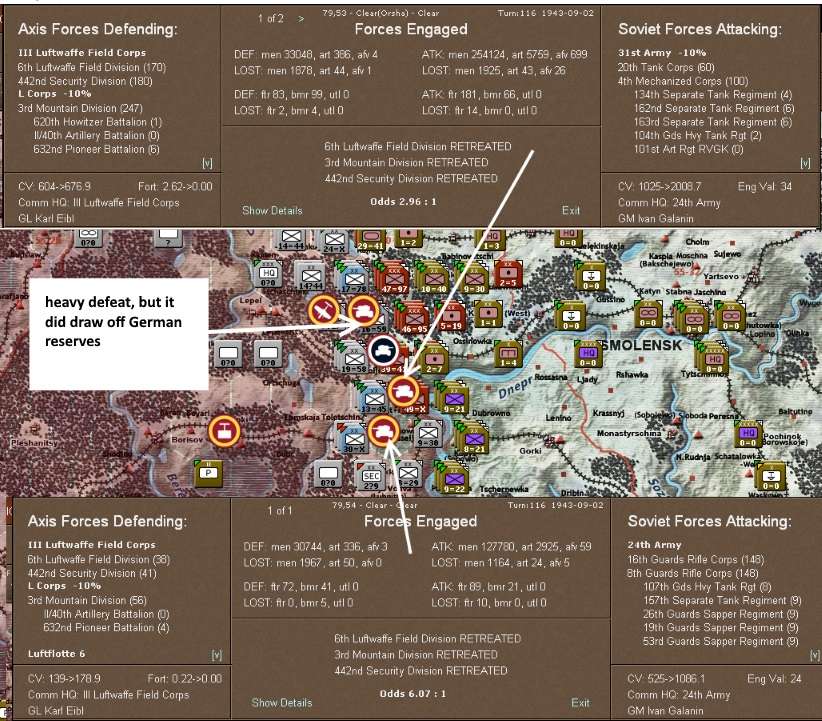
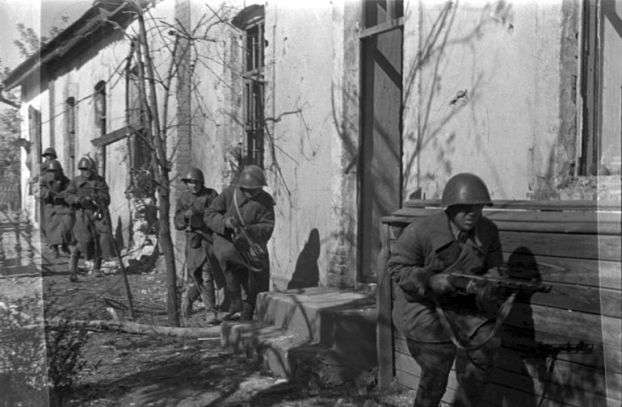
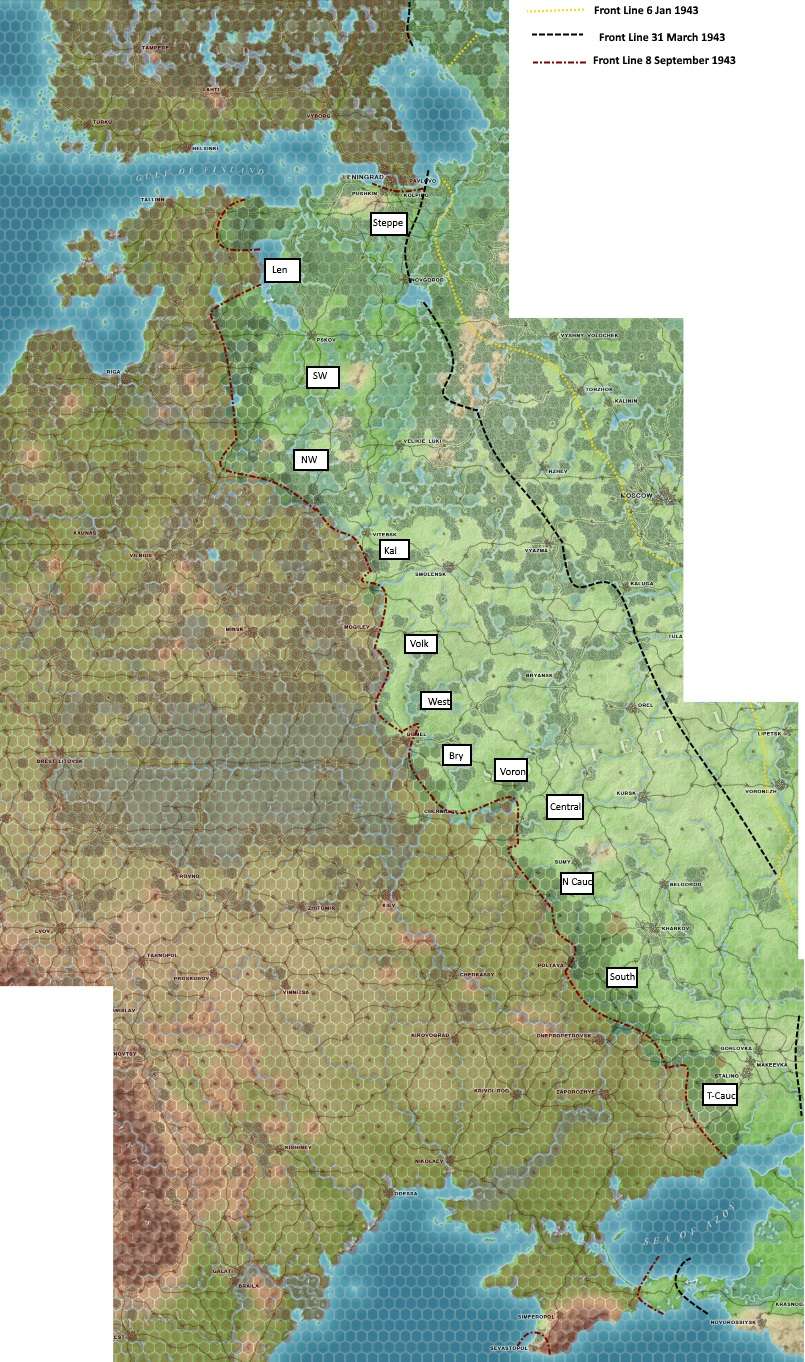
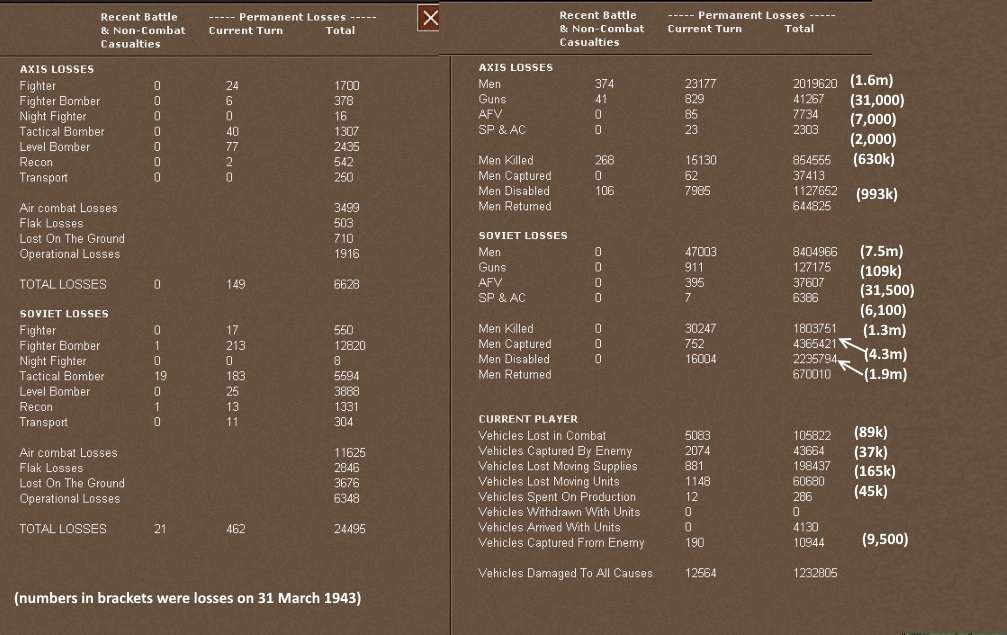
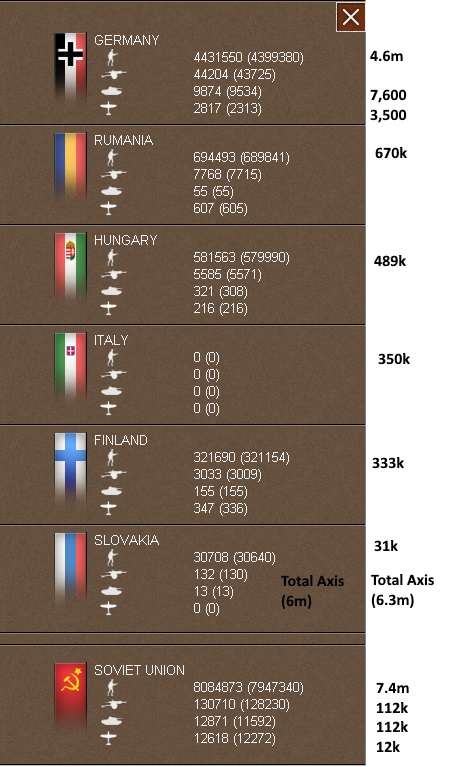
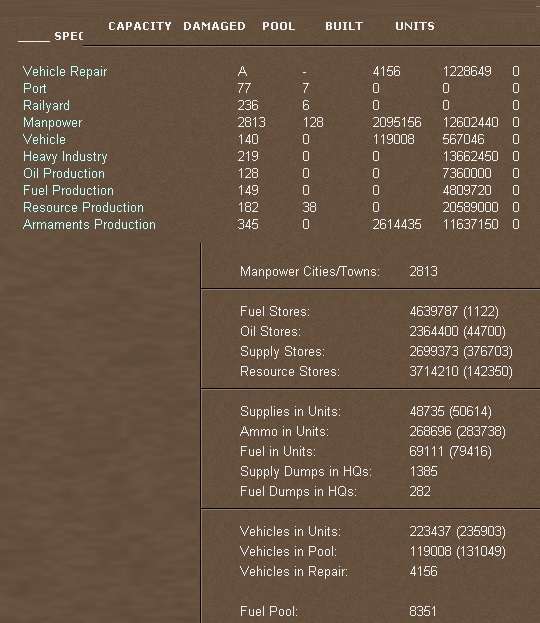
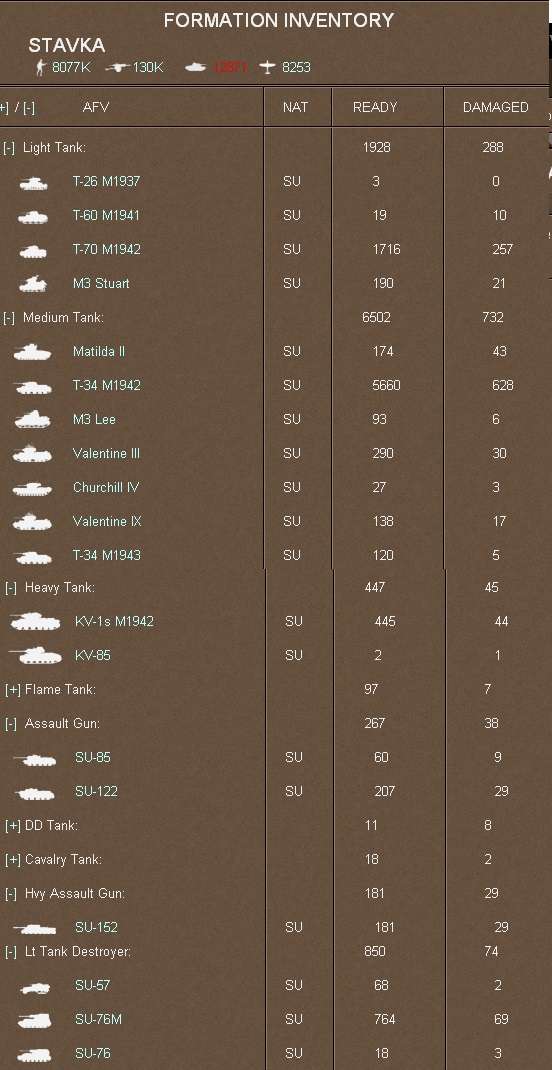
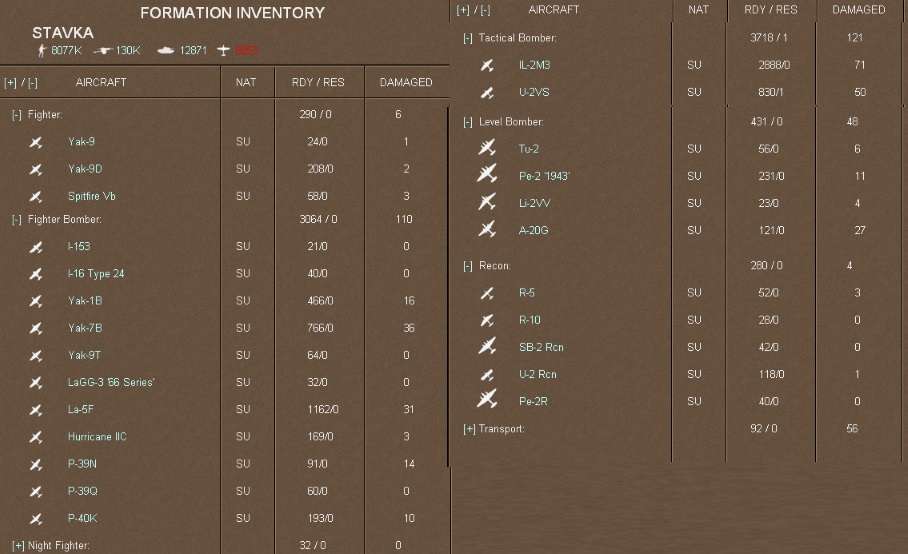
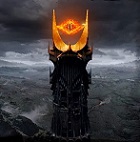
 New Messages
New Messages No New Messages
No New Messages Hot Topic w/ New Messages
Hot Topic w/ New Messages Hot Topic w/o New Messages
Hot Topic w/o New Messages Locked w/ New Messages
Locked w/ New Messages Locked w/o New Messages
Locked w/o New Messages Post New Thread
Post New Thread